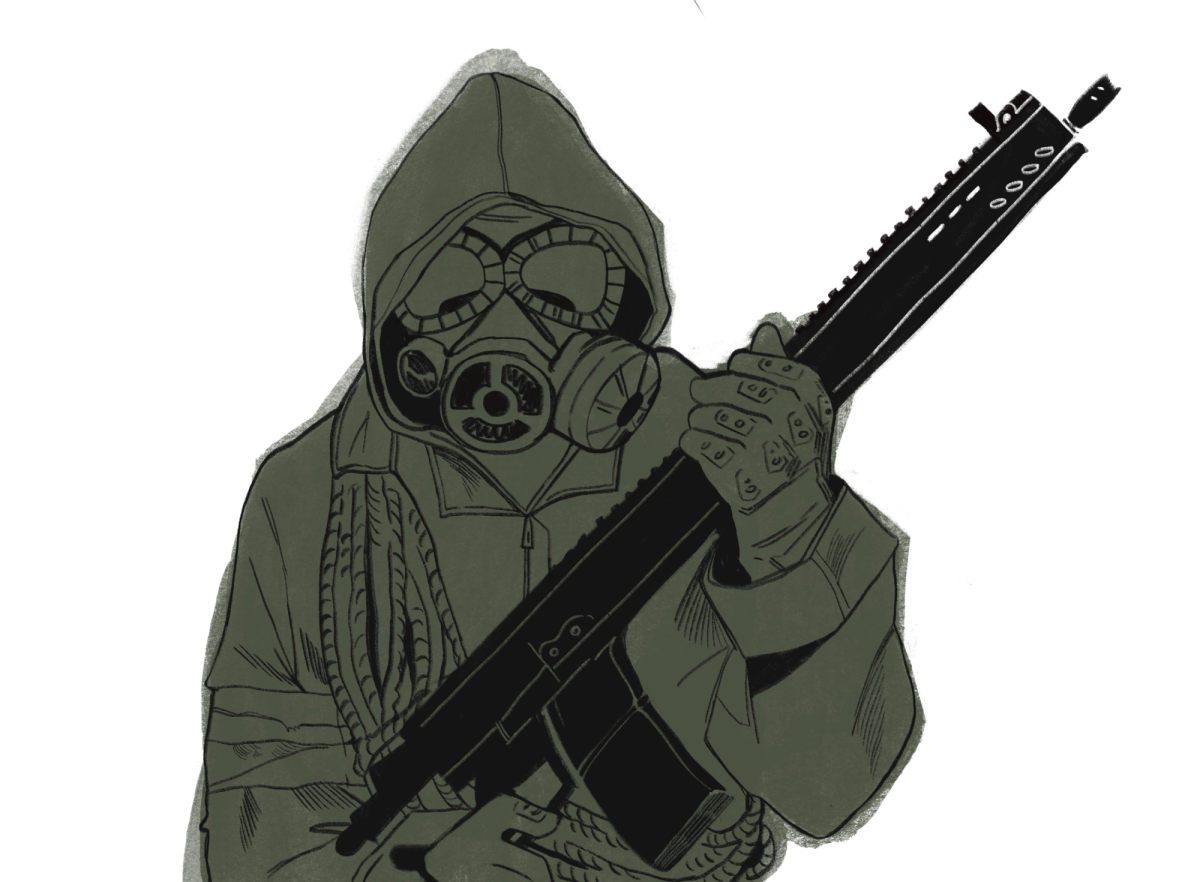
After dancing in the strobe-lighted darkness, the crowd gathered in a horseshoe for the drag competition to begin. Roxanne von Cummings, reigning Miss Gay Washington, instructed the contestants to pick out good drag names. Since many had based their costumes on characters, the competitors included Wolverine and the Goblin King on the drag king side, and Hannah Montana and Cruella de Ville: the eventual winner: on the drag queen side. Cummings introduced one competitor as “The Bitch of the Ball,” and one student married both a pun and Disney reference by performing under the name “Twinkerbelle.” The competition ended with a performance from Cummings.
Every year, Whitman’s Coalition Against Homophobia plans the Day of Drag, which encourage students to wear gender-nonconforming clothes all day, and Dragfest, a themed dance party. This year, the theme of Dragfest was Disney. The coalition’s goal is to introduce students to a part of gay culture and get them to question their ideas about gender norms, promoting a more diverse understanding of gender and gender performance.
According to sophomore Emma O’Rourke-Powell, co-president of coalition, Whitman is generally a friendly place for lesbian and gay students. She said she knows quite a few friends who came out when they came to college because of the good atmosphere.
“It’s a liberal arts school in the best sense of the word,” she said.
However, the aim of Dragfest is also to increase support and understanding for people who are transgender or do not fit into typical gender norms.
“It’s about the support and acknowledgment of more than two genders,” said sophomore Mehera Nori, another co-president of coalition.
While being transgender or genderqueer is not the same as drag, the presidents of coalition hope that Dragfest will get students thinking about the definition of gender, and where it breaks down.
“Drag shows that the gender lines are consistently blurred, and we’re the ones who decide where they get drawn,” said Cummings.
However, good intentions are not a guarantee of success. The leaders of the coalition are not sure that their message comes across, or if students only come and dance and socialize and have fun.
“It can get lost. It often gets lost,” said junior Liam Mina.

Some students don’t see drag as undermining gender roles, but as a chance to poke fun at the other gender.
First-year Erika Horwege claimed that drag was a chance to parody, but not mock, the opposite gender.
“We’re not mocking them; we love them,” she said.
First-year Eric Nickeson-Mendheim wore a dress reminiscent of Disney princesses and introduced his character as “Bella the Bitch,” though he performed as the “Bitch of the Ball.” He enjoys drag’s connection to gay culture.
“I love this opportunity to express myself, and make out with my boyfriend in drag,” he said.
Drag can also change gendered notions of beauty and body type.
“It certainly forces people to think about what we consider feminine, and how we relate it to body type. The fact that a man can make himself look what we call feminine reveals that gender constructs are a sham,” said Cummings.
The challenge drag poses to the idea of gendered beauty was not completely lost.
“Boys can look really hot as girls,” said junior Hanna Kahl.












